During the Chinese Spring festival period, I went back China. So I have the opportunity visited one museum located near my hometown, which is The Yangshao Culture Museum. Yangshao culture was a Neolithic culture that existed along the Yellow River in China. It is dated from around 5000 BC to 3000 BC. It plays an important role in Chinese history, since it is one of the earliest settled cultures in China. Because of it, the archaeologist demonstrated there is Neolithic culture in China.
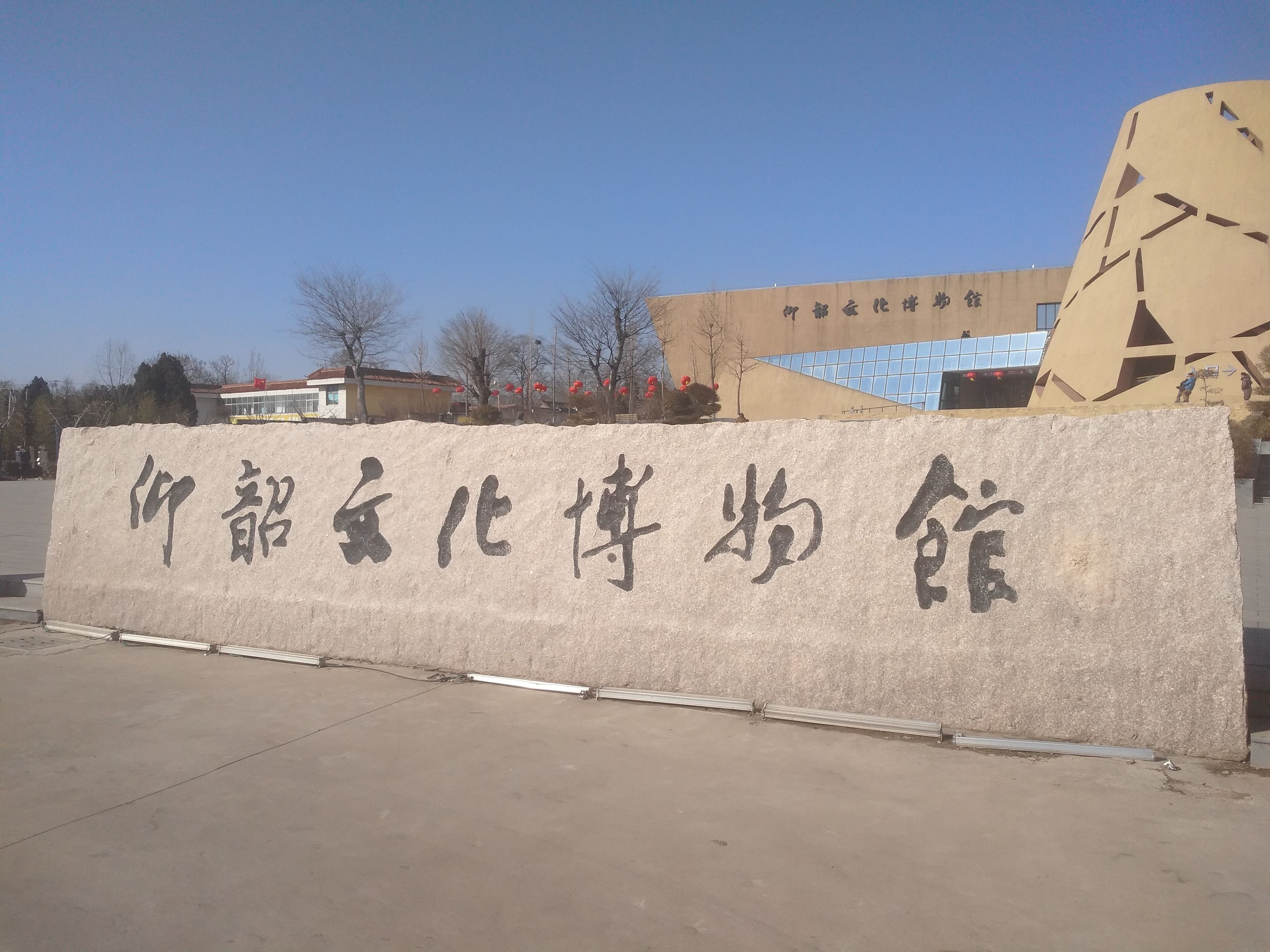
The Yangshao Culture Museum is located in Yangshao village in the provinces of Henan. It is named after Yangshao, because the name is the first excavated representative village of this culture, which was discovered in 1921 in Henan Province by Johan Gunnar Andersson, who is a Swedish archaeologist, paleontologist and geologist, closely associated with the beginnings of Chinese archaeology in the 1920s.
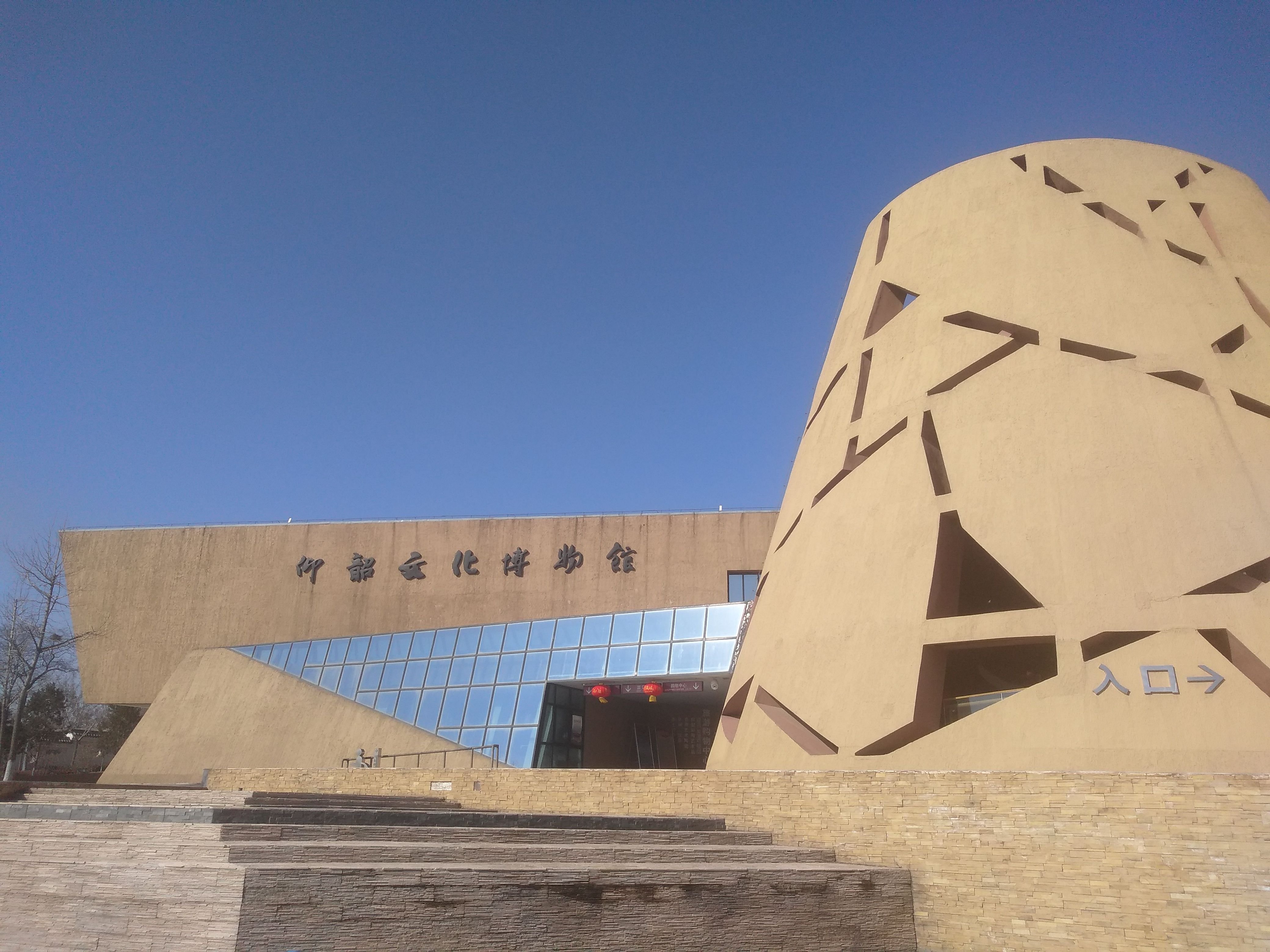
After 1920s, the Chinese archaeologist found thousands of sites belong to Yangshao culture period, and they found the site in Yangshao village is not the most representative site of such culture, but the name of such culture period still used until now to mark the first time excavation.
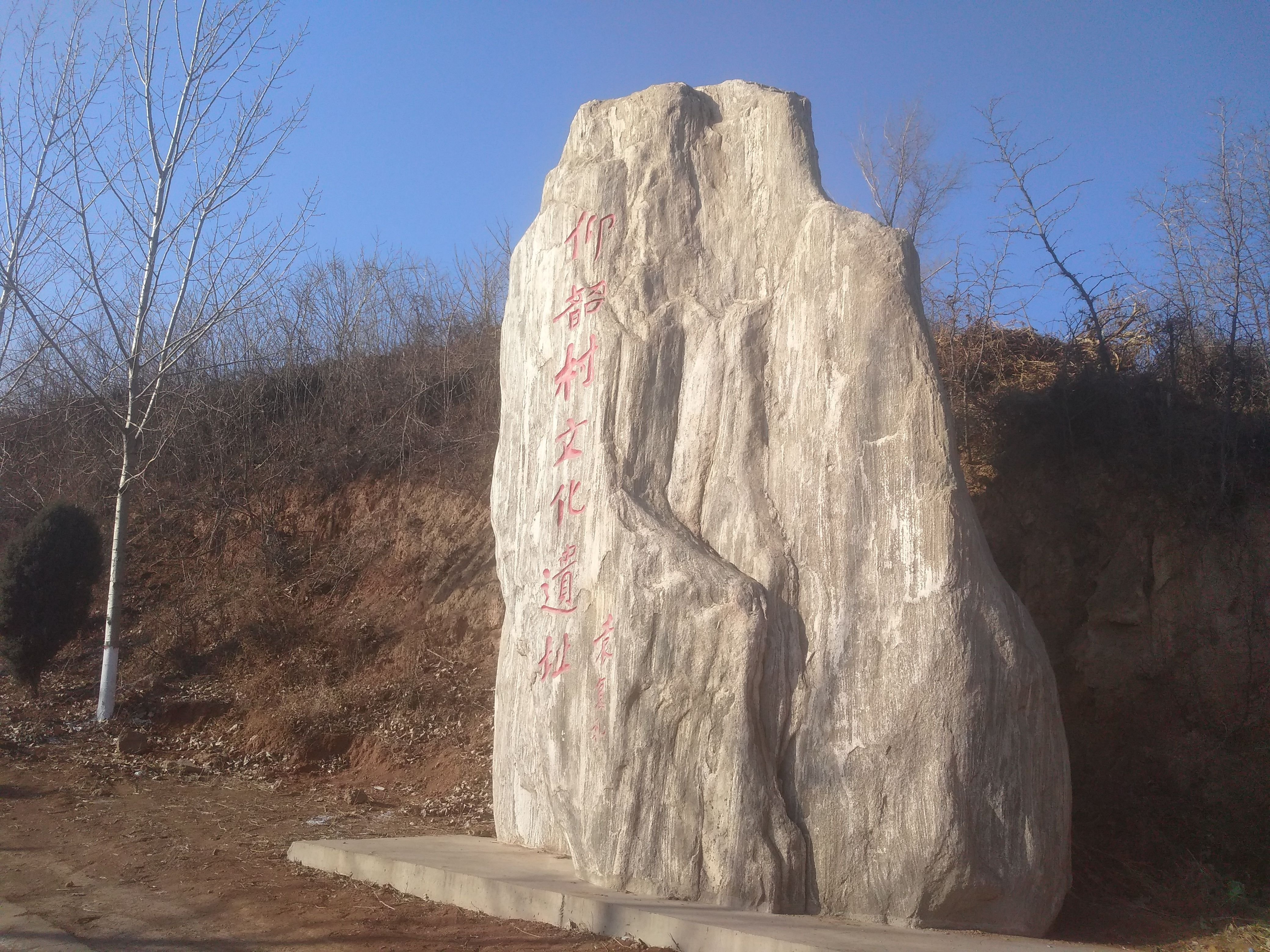
The culture flourished mainly in the provinces of Henan, Shaanxi, and Shanxi. Those thousands sites include Banpo Site in Xian, and Jiangzhai at Lintong, Shanxi Province. Shanxi it is regarded as the center of this culture because it possesses the most Yangshao sites.
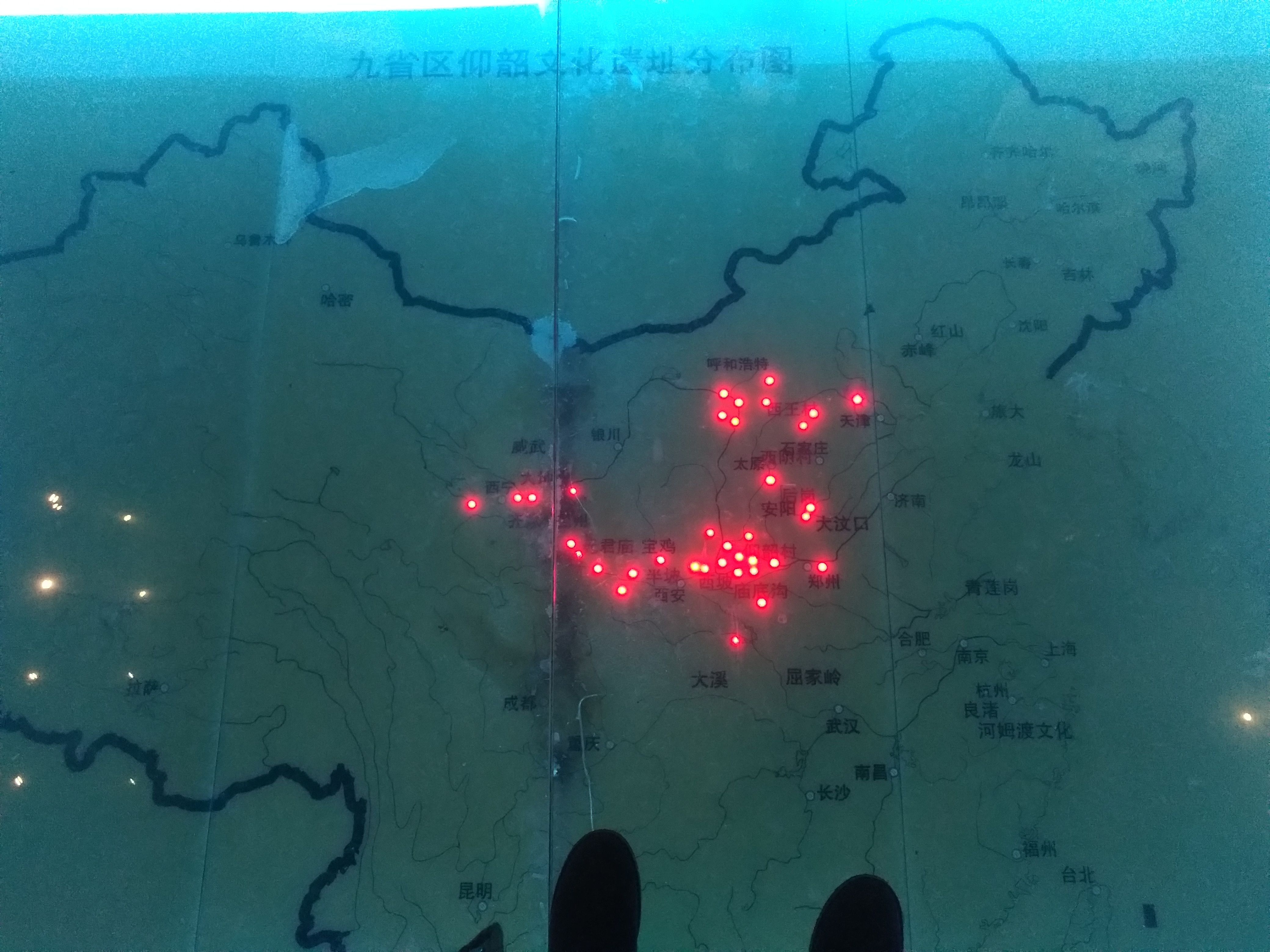
The Yangshao culture is well-known for its red painted pottery, one of two major types produced during the Neolithic period in China. At the beginning, Johan Gunnar Andersson thought such painted pottery is not native to China, because he think these painted pottery are very like the ones found in Anno site, so the western society thought Chinese culture originated from the West, however, in the following years, Chinese archaeologist demonstrated Chinese Neolithic culture has continuity, which shatters the statement that Chinese culture originated from the West.
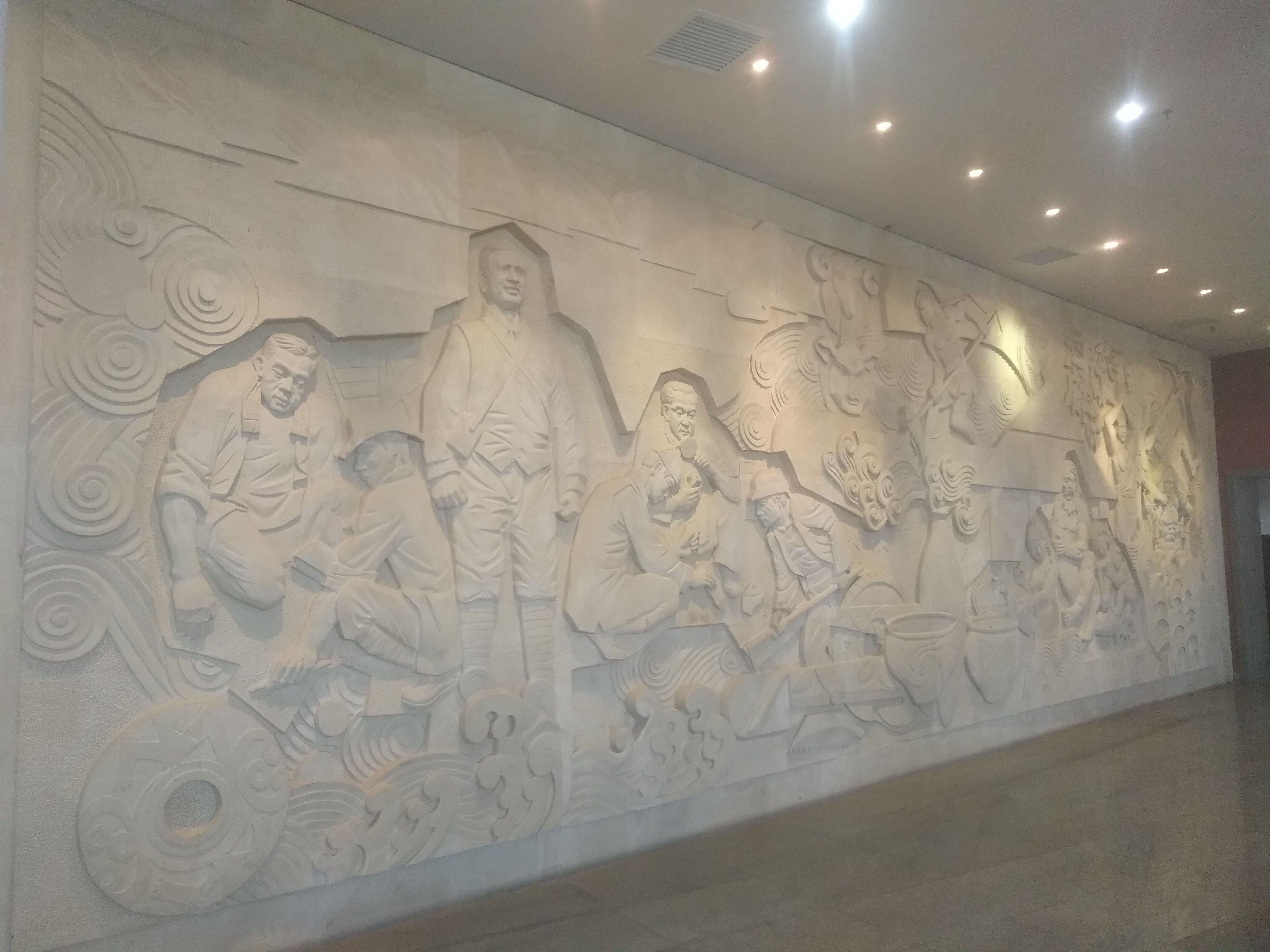
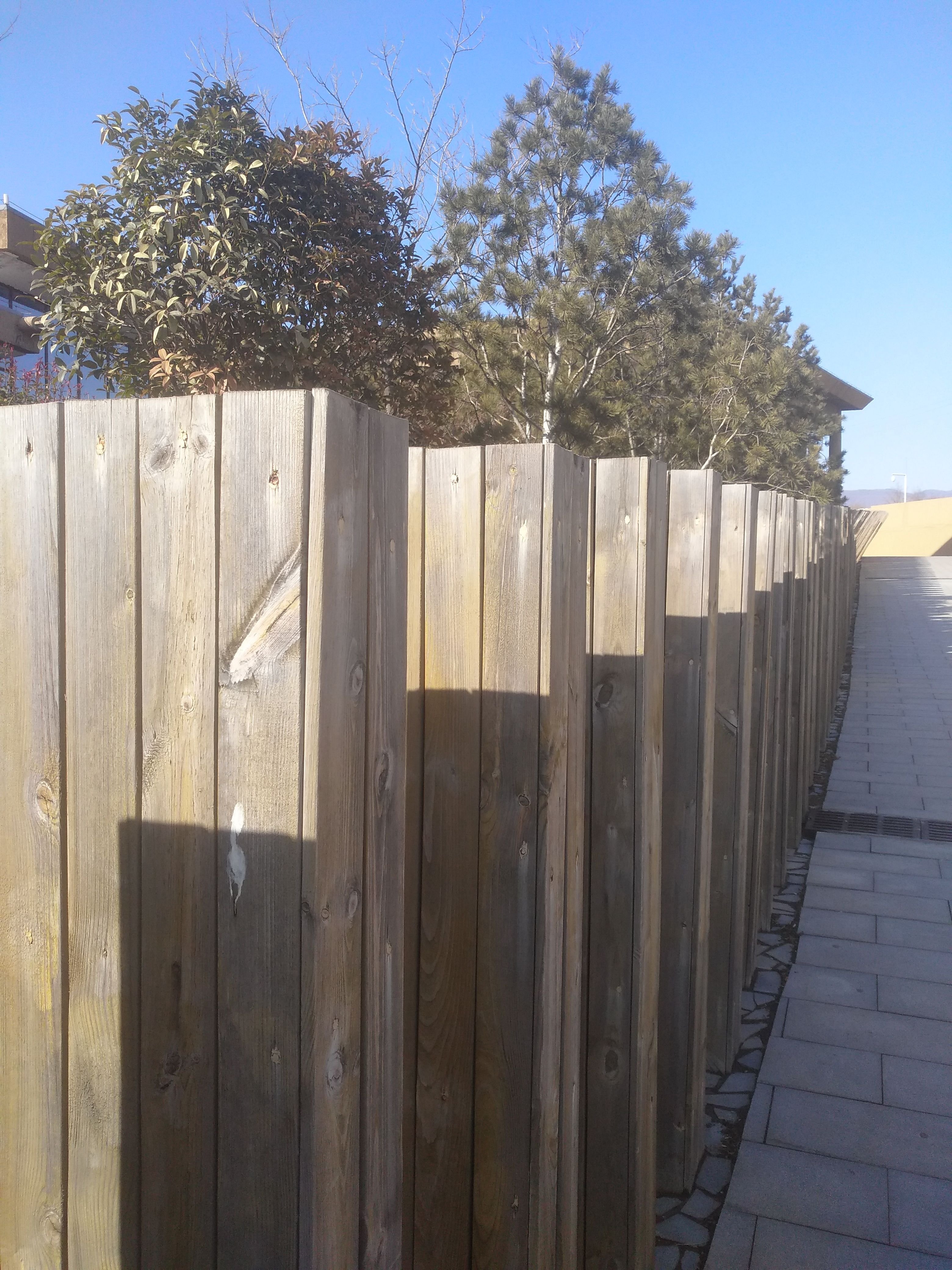
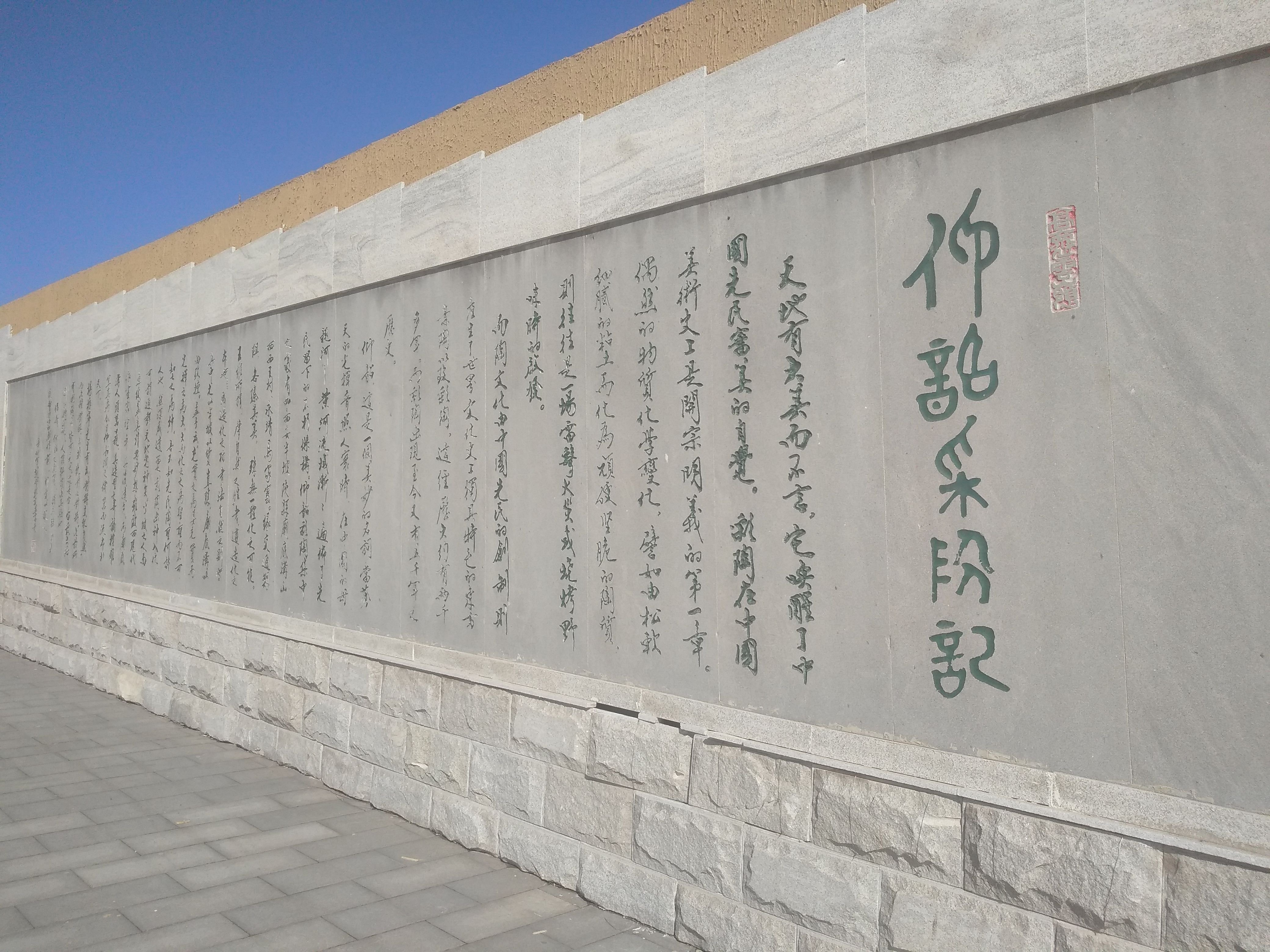
In the next post, we will continue to see the valuable works belong to Yangshao culture. I am not the researcher of history or archaeology. Just want to share with you some beautiful antiquities. If I made some critical errors in my post, please feel free to help me correct them, thank you very much.
The original post belong to @victory622
Thanks for your reading !
Please feel free to upvote, comment and follow me @victory622
